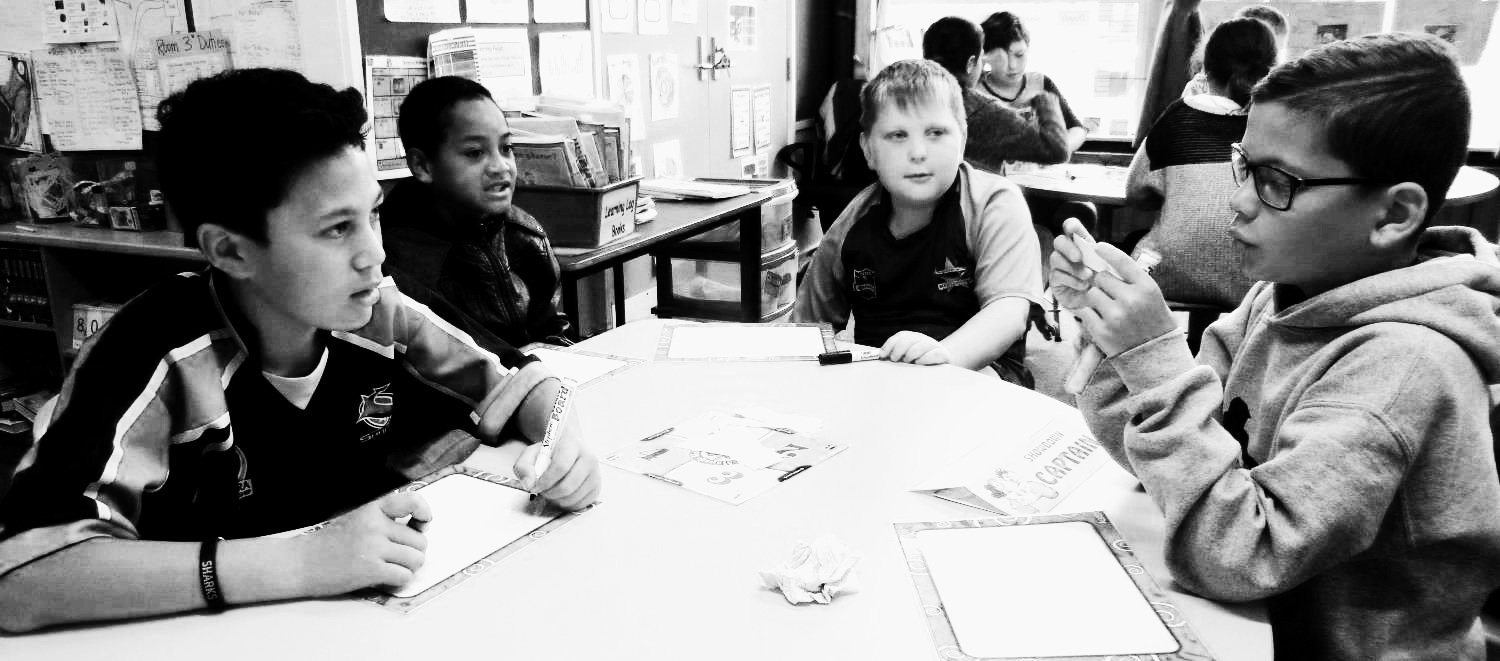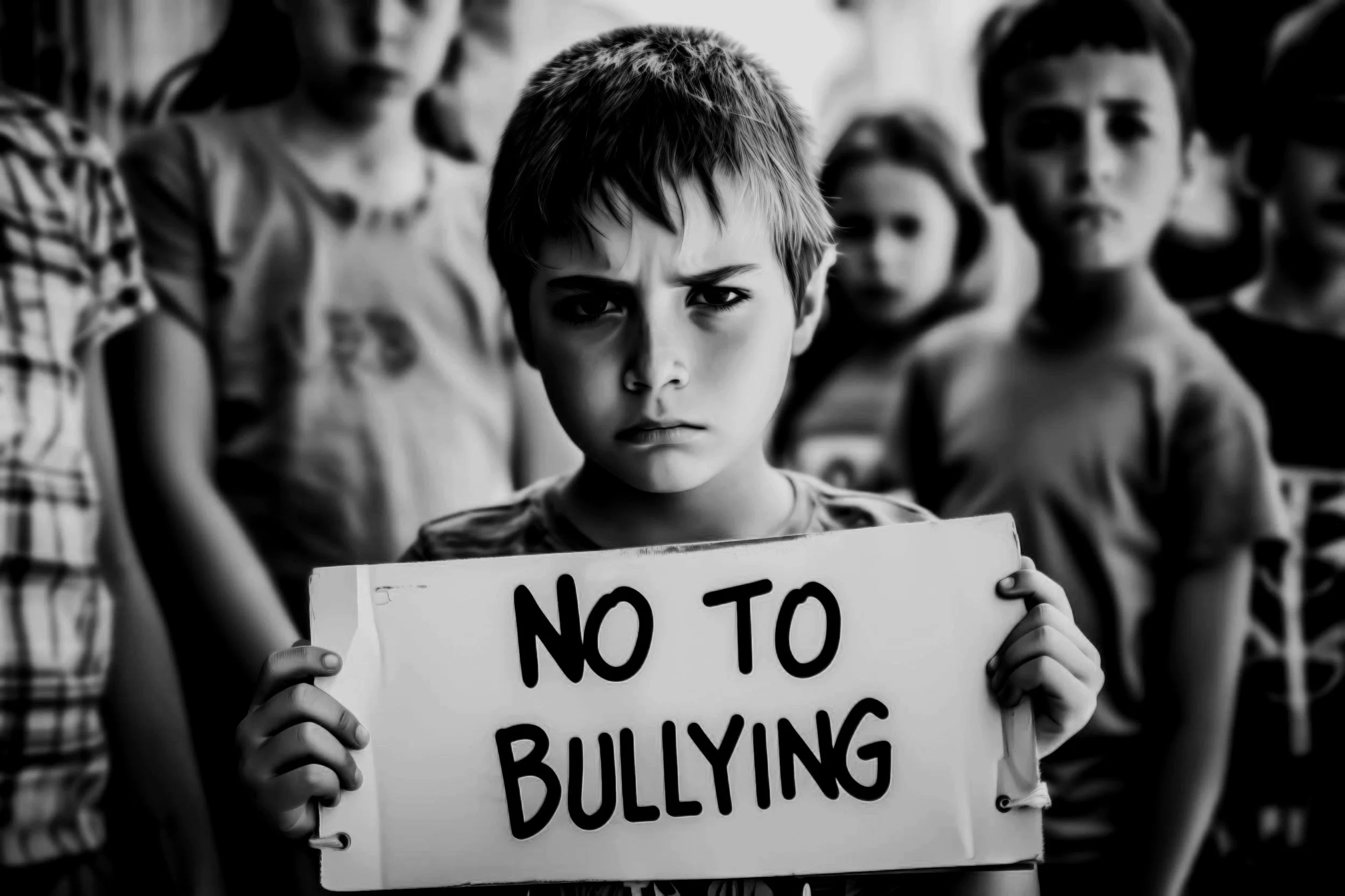When we choose not to make concerted efforts to make our classrooms more inclusive, we have still made a choice.
Social-Emotional Learning
2 Day workshop
Make your classroom more emotion-friendly!
The emotion-friendly classroom is a far more effective approach for reaching the five goals of Social-Emotional Learning. Instead of learning about positive social and emotional behaviors, students acquire these skills as part of every lesson.
With emotion-friendly teaching, students have a greater understanding of their own emotions, become more skilled controlling their impulses, are better at motivating themselves, become more empathetic, and improve their social skills and relations as they interact over the regular academic curriculum—no separate lessons are required.
Explore Dr. Kagan’s ground-breaking Emotion Wheel, a visual tool to help students understand and take control of their own emotions.
Harness the power of student emotions to improve every aspect of your classroom from academic success, to class management, to improved student relations.
Workshop Highlights
Improve class climate and raise students’ IQ by eliciting positive emotions
Promote relationship skills and empathy for others
Radically reduce disruptive behavior, bullying, and violence
Teach students to understand and manage their emotions with the revolutionary Kagan Emotion Wheel
Learn how to leverage emotions to increase student self-motivation and achievement
With your attendance, you will receive:
Social-Emotional Learning (SEL) Workbook
Emotion-Friendly Teaching (Free Poster Included) Book

“In the classroom it is the teacher who ultimately makes the choice of how much students feel included or excluded. When we choose not to make concerted efforts to make our classrooms more inclusive, we have still made a choice. It is a choice to default to traditional individualistic and competitive learning that results in many students feeling disconnected.”
— Miguel Kagan, Kagan USA


